Instructions for Lesson 28
Introduce the pronunciation and spelling patterns for compound, two-syllable, short-vowel words.
Use the italicized words ONLY as helper words and ONLY if needed.
This lesson’s reading list features 50 words, each consisting of two syllables. Beneath each word are two italicized helper words. The components of the helper words will be familiar to your student, as they have been presented in one or more previous lessons.
Lesson 28 should be a rewarding one for your student. Tell him to read the main words in each row. Point to the helper words only if your student is having difficulty. Remind him, if necessary, that words are pronounced and spelled LEFT to RIGHT, syllable to syllable, sound to sound, spelling pattern to spelling pattern, to the end of each word. Review until your student does not need to rely on the helper words. This list might strike some learners as being a whole slate of challenge words.
Counting Syllables
One easy way to identify the number of syllables in a word is to count the number of times your chin drops when you say the word. For example, when you pronounce |Bat • man|, your chin drops twice. Thus, this word has two syllables. (You also can clap your hands to the syllables.)
Helper Words
Initially, you might want to cover the italicized helper words with a piece of paper. If your student has trouble reading the main word, slide the paper down to reveal the helper words. Have him read the helper words out loud. Often, this process assists your student in reading the compound word found above it. A compound word is one which consists of two or more individual words combined to make a new word. (Did you know that the accent in nouns is usually on the first syllable?) Work with your student until he can read without using helper words.
Spelling Hints
Direct your student to spell the compound words on paper. If he has trouble, use the helper word as a hint.
Say something like:
“The first syllable is back; the second syllable is pack, |backpack|.”
“The first syllable is drum; the second syllable is stick, |drumstick|.”
If your student writes address with only one d or one s (adres), say:
“Does the word address have one d or two d’s?” [dd]
“Does the word address have one s or two s’s?” [ss]
Two-Syllable Words
Use the italicized words ONLY as helper words and ONLY if needed.




